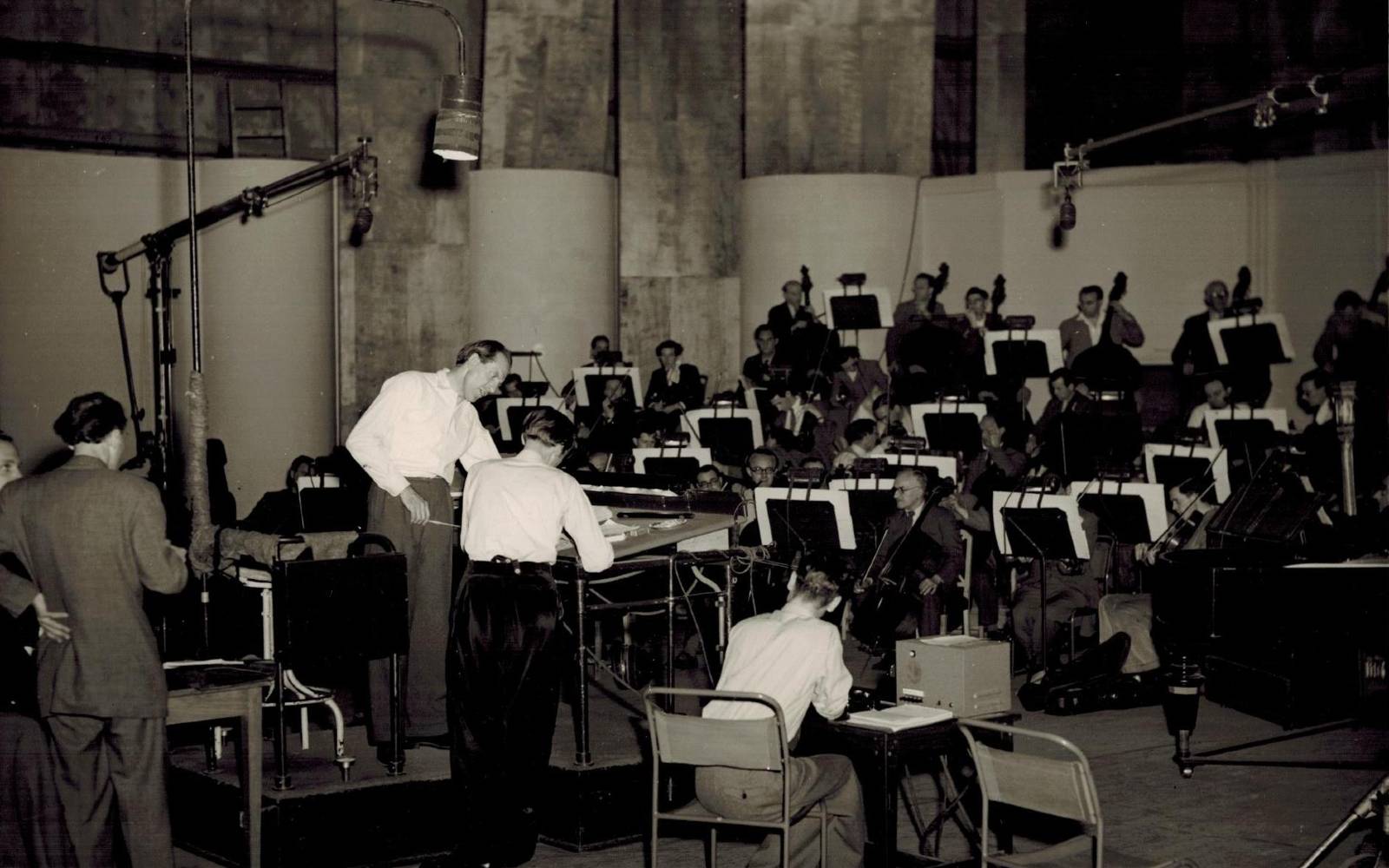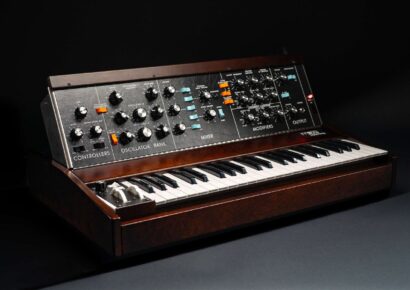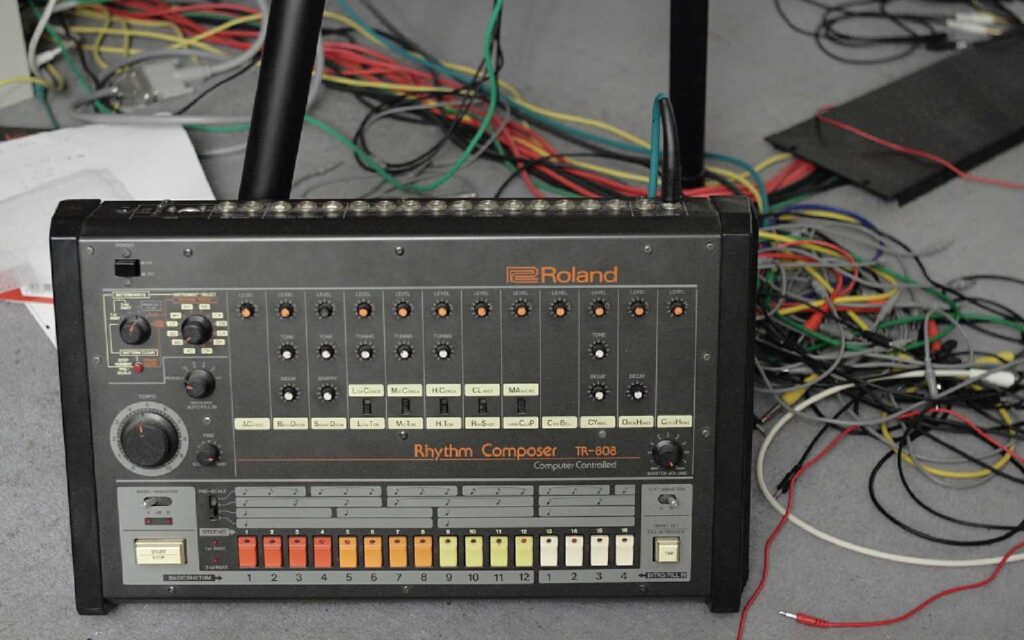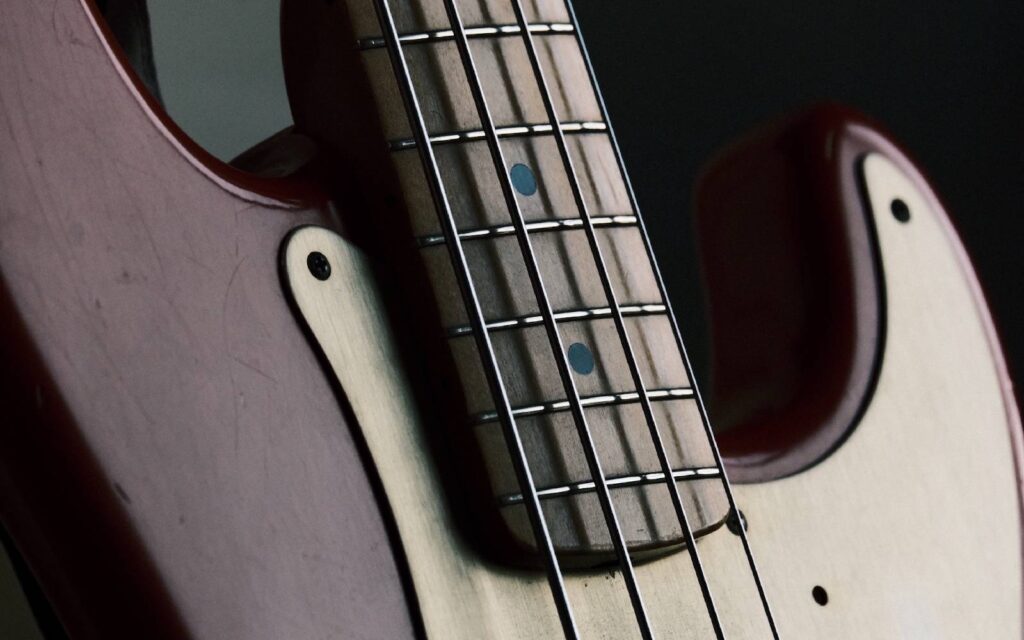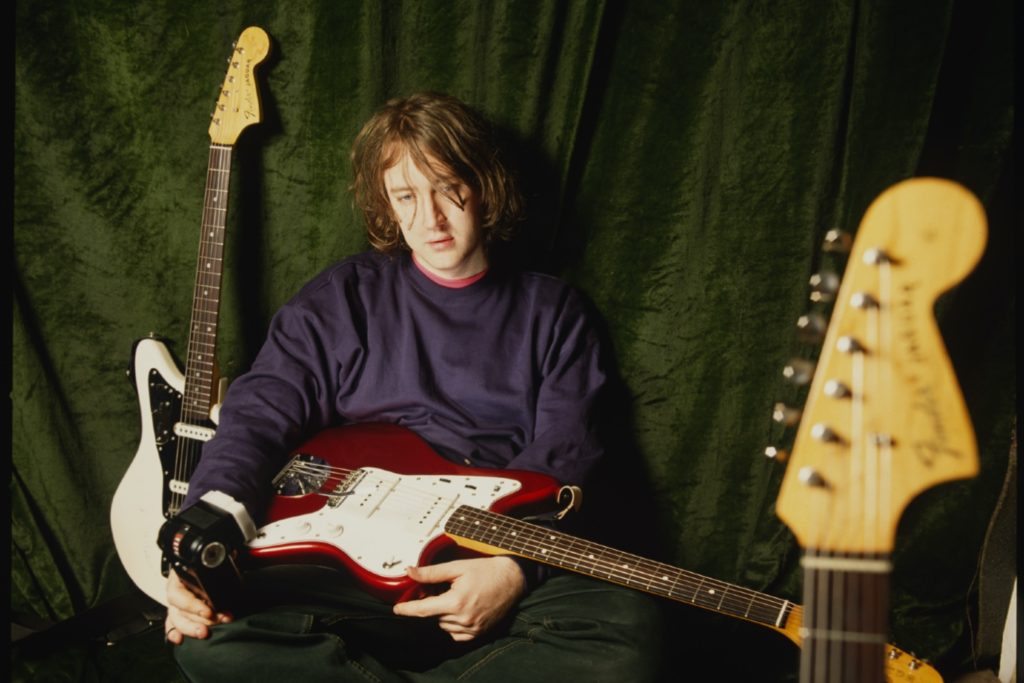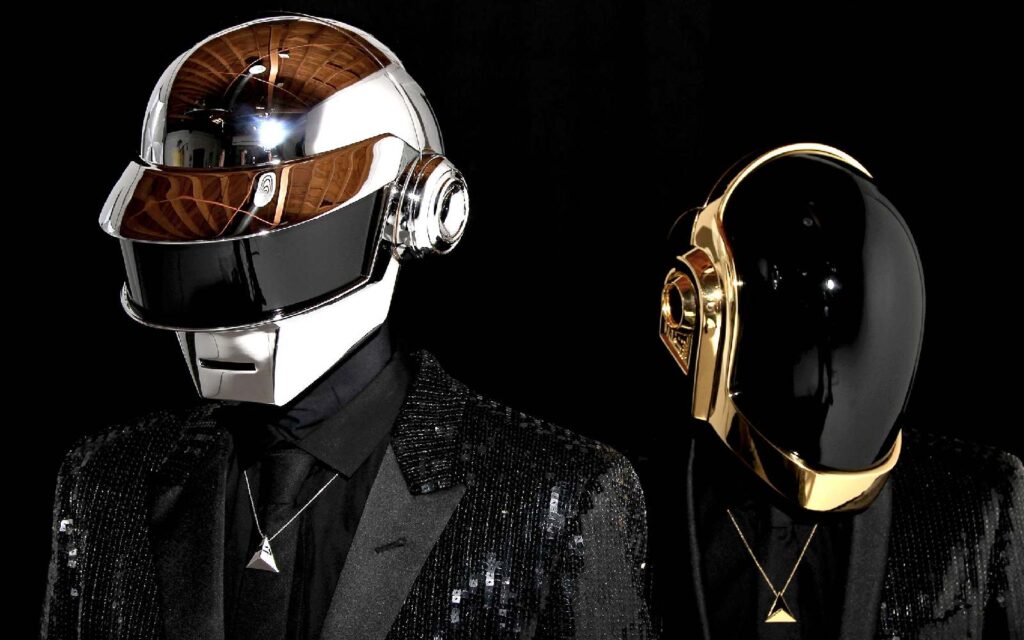Join us in exploring the classical music samples that have sneakily wormed their way into our ears courtesy of these referential rock hits.
It’s been 69 years since Chuck Berry released one of rock music’s best ‘up yours’ to classical music – “roll over Beethoven” (as in, in your grave) “and tell Tchaikovsky the news.” There have been 86 recorded cover versions of the 1956 song since, but rock has nevertheless continued to incorporate classical arrangements.
Muse – “Plug In Baby”
In 2010, readers of Total Guitar magazine voted ‘Plug In Baby’ from Muse’s Origin of Symmetry album (2001) as the best guitar riff of the 2000s.
German composer Johann Sebastian Bach would have agreed… considering he wrote it in about 1708 as Toccata and Fugue in D minor.
The piece is associated with the melodramatic and eerie, and top of the pops during Halloween, and used by everyone, from Disney’s animated movie Fantasia to Megadeth’s ‘Last Rites’.
Matt Bellamy’s beefed up use of the riff via his Fuzz Factory is what makes it so awesome.
The Beatles – “Because”
John Lennon recalled: “Yoko was playing Beethoven’s Moonlight Sonata on the piano … I said, ‘Can you play those chords backwards?’, and wrote ‘Because’ around them.”
The Beethoven piece – real name Sonata quasi una Fantasia, Piano Sonata No. 14 in C-Sharp Minor, Op. 27 No. 2 –was written in 1800-1801 in Vienna around the time Ludwig was going deaf.
As a result, he was specially moved by Countess Giulietta Guicciardi, a blind girl studying piano under him while moonlight streamed through his music room windows.
It was what The Beatles did with this track in the studio in August 1969 for the Abbey Road album that makes it a stand-out.
Lennon, Paul McCartney and George Harrison did three part harmonies, overdubbed three times to make nine voices, and Harrison played an early moog synthesiser to give it real atmosphere.
In 1999 guitar hero Yngwie J. Malmsteen used the Beethoven piece for “Arpeggios From Hell”.
Take That – “Never Forget”
It was inevitable the epic song packaged up with a boy’s choir and brass parps would see writer Gary Barlow take from late 19th century Italian composer Giuseppe Verdi’s Requiem.
Tuba mirum was part of a larger death mass piece written in 1874 in memory of famous poet and novelist Alessandro Manzoni, and tells of a soul meeting with God to determine if its earthly behaviour will send it to heaven or hell.
Procol Harum – “A Whiter Shade Of Pale”
Nothing summed up Britain’s 1967 summer of love more than this surrealistic LSD evoking track, with lines like ceilings flying away and rooms humming harder, coming from a band which took its name (loosely) from the Latin for “all things beyond”.
Lyricist Keith Reid was a poet turned on by French art movies and the surrealism of painters René Magritte and Salvador Dali.
Although “A Whiter Shade Of Pale” seems like a collection of unrelated lines, Reid said they were like his favourite French movies – Pierrot Le Fou and Last Year In Marienbad, with each scene unlocking the key to a jigsaw puzzle.
Four very long stanzas about a break-up were posted by Reid to keyboard player Gary Brooker’s London house.
Having grown up with R&B and rock, Brooker had been broadening his horizons with classical and jazz.
He captured their melancholy by (loosely) evoking Air on the G String from Johann Sebastian Bach’s 1793 Orchestral Suite No. 3 in D Major and Cantata 140 Sleepers Awake.
Brooker told Uncut magazine: “There was a leaving, and a sadness about it. To get the soul of those lyrics across vocally, to make people feel that, was quite an accomplishment.
“(The music) fitted the lyrics within a couple of hours. Things can be gifted.
“If you trace the chordal element, it does a bar or two of Bach’s Air on a G String before it veers off. That spark was all it took.
“I wasn’t consciously combining rock with classical, it’s just that Bach’s music was in me.”
It went to #1 in Britain and remains one of the most played on British radio to this day.
In Australia it went to #1 in 1967 and was ninth best selling single of that year, and returned in 1972 when re-released and peaked at #18.
Pet Shop Boys – “Go West”
The story goes that 17th century German composer and organist Johann Pachelbel wrote Canon in D for the October 23, 1694, wedding of one of his pupils, Johann Christoph Bach, elder bro’ of Johann Sebastian.
Scored for three violins and cello with the eight bars repeated an entrancing 28 times, it is one of the most popular classical pieces today due to strong radio airplay and being in big demand at funerals and weddings.
No surprise that it’s made its mark, in varying degrees, on contemporary releases.
These included Kylie Minogue’s ‘I Should Be So Lucky’, Green Day’s ‘Basket Case’, The Farm’s ‘All Together Now’, Coolio’s ‘C U When U Get There’, Aphrodite’s Child’s ‘Rain and Tears’, Ralph McTell’s ‘Streets of London’, Oasis’ ‘Don’t Look Back in Anger’ and Maroon 5’s ‘Memories’.
‘Go West’ was written by the Village People in 1979, and was a minor hit for them in the disco era.
Pet Shop Boys covered it in 1992 at an AIDS benefit at the Hacienda club in Manchester and recorded it a year later.
They brought the Canon in D sway more upfront and reached #2 in the UK and #10 in Australia.
Little Mix – “Little Me”
Gabriel Fauré (1845-1924) was one of the foremost French composers of his generation.
Written within six minutes in 1887, the graceful and relaxing Pavane was based on a traditional Spanish court dance, originally a piano piece and later arranged for orchestra and choir.
The piece had a strong melody, and it was this aspect that Little Mix – who emerged from the eighth series of The X Factor UK —highlighted on this song to their inner children about speaking up for themselves and standing tall.
Robbie Williams – “Party Like A Russian”
In 2014, Russian businessman Roman Abramovich hired Robbie Williams to headline a New Year’s dinner in Moscow for President Putin’s inner circle.
It inspired the 2016 single ‘Party Like a Russian’, a light-hearted look at Russian oligarchs and their extravagant spending.
Among the lines were “It takes a certain kind of man with a certain reputation/ to alleviate the cash from a whole entire nation/ take my loose change and build my own space station.”
It samples the dramatic strings from ‘Dance of the Knights’, from Russian pianist /conductor Sergei Prokofiev’s 1935 ballet Romeo and Juliet, from the scene where the lovers meet at a masquerade ball.
Elvis Presley – “It’s Now Or Never”
Elvis The Pelvis was stationed in Germany in the army in the 1950s when he came across the Italian opera song ‘O Sole Mio’.
Written in 1898 by Eduardo di Capua, it was popularised by the likes of Enrico Caruso, Mario Lanza and Luciano Pavarotti.
When he returned to America, he asked his record company for an English translation.
His ‘Can’t Help Falling in Love’ was based on French/German composer Jean-Paul Martini’s 1784-penned ‘Plasir d’amour’ (‘The Pleasure of Love’) which took its lyrics from an in-novel poem in Jean-Pierre Claris de Florian’s Célestine.
Sting – “Russians”
Sting’s tut-tut nuclear war warning was based on the ‘Romance’ theme from Sergei Prokofiev’s soundtrack for the 1934 Russian movie Lieutenant Kijé.
When he got the job, Prokofiev said his piece wouldn’t merely be just background music, but a five-movement embodying the characters, themes and its 1800 setting.
Barry Manilow – “Could It Be Magic”
Barry Manilow had a glass of wine before writing the song, and recalled, “I thought I had come up with the coolest batch of chords in my composing experience.”
He then realised he’d been playing Chopin’s Prelude in C Minor No. 20 to warm up just before that glass of wine, and reality set in.
The song was later a hit for Donna Summer and Take That.
Chopin’s Prelude No. 4 also inspired Radiohead’s “Exit Music (For a Film)” from OK Computer.
Read about five more Beatles songs inspired by classical music here.
